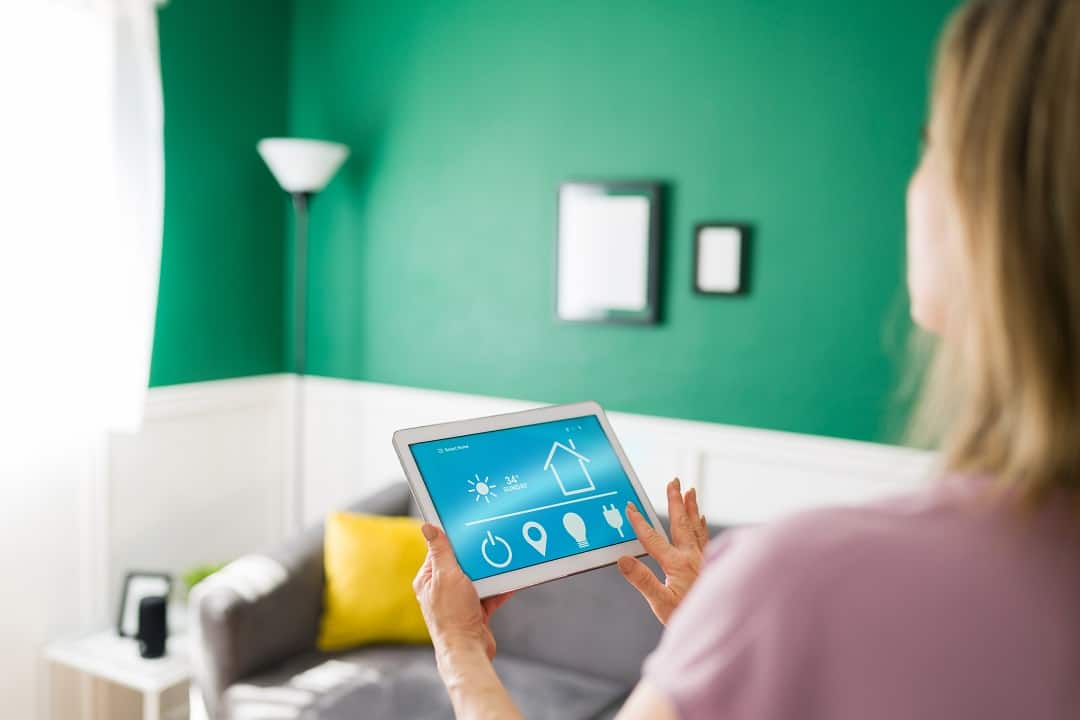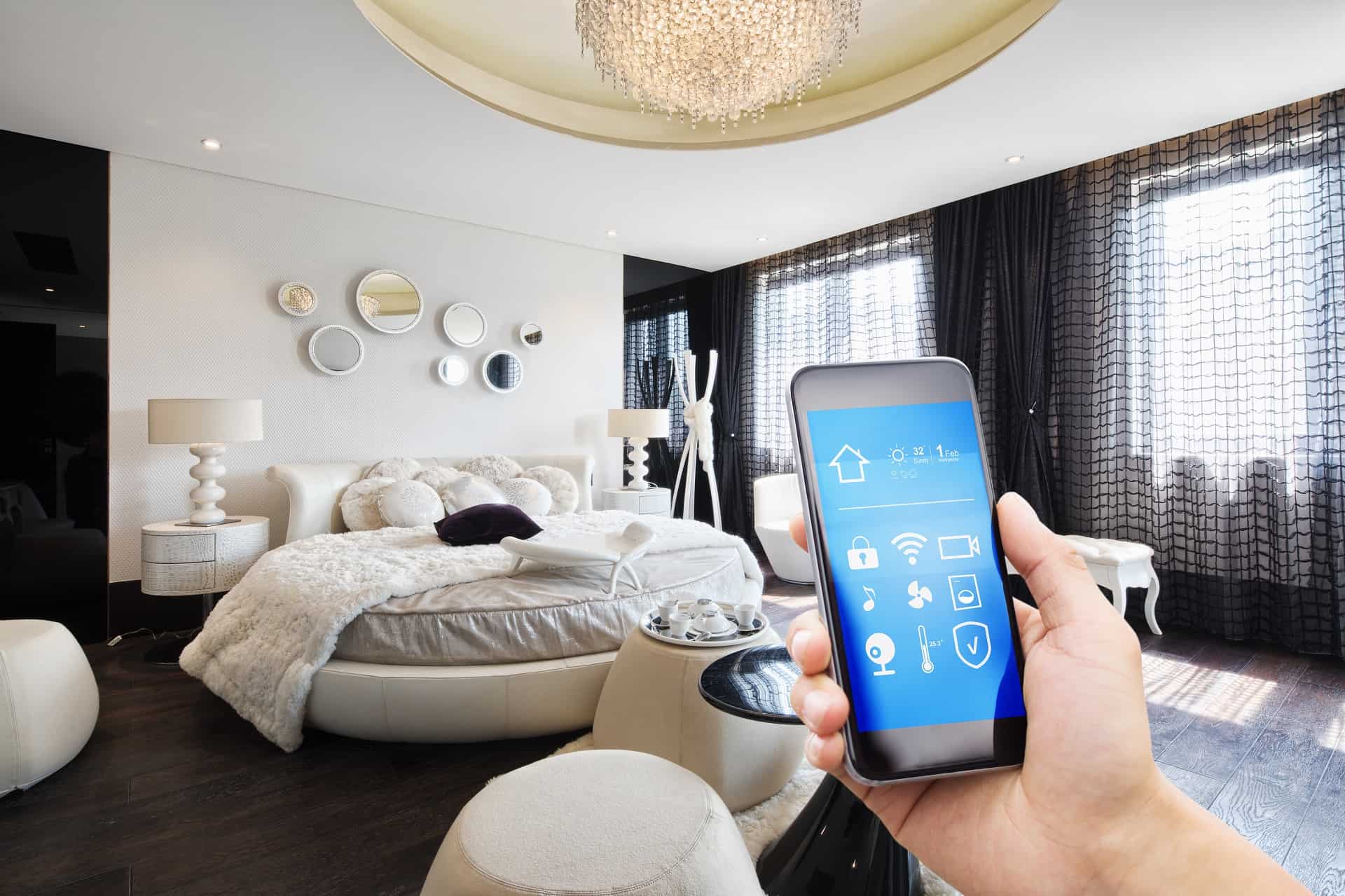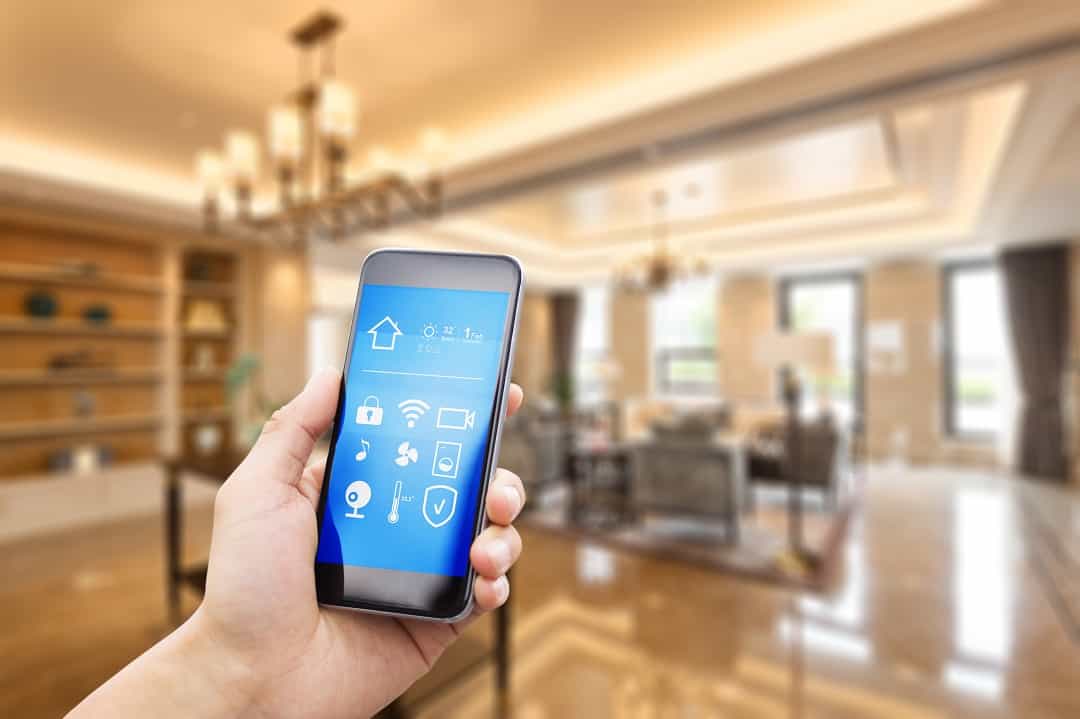Are you ready to take your home to the next level of convenience and efficiency? If so, then you’ve come to the right place! In this blog post, we will be diving into the exciting world of smart home devices and sharing some valuable tips for beginners on how to seamlessly integrate these innovative gadgets into your daily life. Whether you’re a tech-savvy individual or just starting to explore the wonders of home automation, our expert advice and practical suggestions will help you navigate the process with ease. So, if you’re curious about the endless possibilities that smart home devices offer, keep reading to discover how you can transform your living space into a futuristic haven!
What are smart home devices?
Smart home devices are electronic devices that can be connected to the internet and controlled remotely. They are designed to make your home more automated, efficient, and convenient. Some common examples of smart home devices include smart speakers, thermostats, door locks, security cameras, and light bulbs. These devices can be controlled through a smartphone app or voice assistant, allowing you to easily adjust settings, monitor your home, and perform various tasks without being physically present. With the increasing popularity of smart home technology, there are now a wide range of devices available to suit different needs and preferences.
How to get Started Choosing Smart Home Devices
When it comes to choosing smart home devices, it’s easy to become overwhelmed. There are so many different smart home devices available these days. There are many ways to get started with smart home devices, but the two that make the most sense are to either start small, or start with your pain points.
To start small, we recommend starting with a few smart light bulbs or power outlets. These allow you to quickly and easily dabble with smart home hubs and systems to determine if a smart home is truly right for you. If you decide that you want to continue on the smart home path, great!
To start solving your pain points, think about the pain points in your life. What do you struggle with, what is a nuisance, what is a hassle? All smart home devices are geared towards one common goal: to make your life easier or more convenient. Find these paint points then look for smart home solutions to them. This can look like purchasing a robot vacuum to keep your home swept instead of some cheaper smart plugs.
In general, when starting out with a smart home, pick just one or two devices to start with and go from there. So either start small with something easy and cheap like bulbs and outlets, or go for solving a specific problem in your life.
Selecting a Smart Home Hub
When it comes to building a smart home, selecting the right smart home hub is crucial. A smart home hub serves as the central control point for all your smart devices, allowing you to manage and automate them from one place. Compatibility is the main key when choosing a smart home hub. Make sure the hub you choose supports the smart devices you already have or plan to invest in. Not all hubs can support all devices, and that is an expensive mistake to make.
Additionally, consider the ease of use and user interface. Look for a hub that has a user-friendly app and intuitive controls. Be sure to also think about the connectivity options. Some hubs use Wi-Fi, while others rely on Bluetooth or Zigbee. For connectivity, we generally recommend hubs that have a mix of communication technologies: either Wi-Fi or ethernet, Zigbee or Z-Wave and Bluetooth.
Connecting Your Smart Home Devices to the Hub
Once you have selected a smart home hub, it’s time to connect your smart devices to it. The process may vary depending on the hub and the devices you have, but the general steps are similar. Start by ensuring that your smart devices are compatible with the chosen hub. Some hubs and devices will let you bulk add all of a manufacturer’s devices at once. Often, this will involve signing in to the device’s account via the hub’s app.
For new devices or devices that can’t be bulk added, open the hub’s app and look for the option to add a new device. Follow the prompts and select the appropriate device type. The hub will search for nearby devices and display a list of available options. Choose the device you want to connect and follow any additional instructions to complete the pairing process. Repeat these steps for each smart device you want to integrate with your hub, and soon you’ll have a fully connected and automated smart home.
Dealing with Connectivity Problems
When integrating smart home devices, connectivity problems can sometimes arise. One of the most common issues is a weak Wi-Fi signal. To resolve this, make sure your router is placed in a central location and away from any obstructions. Additionally, consider using a Wi-Fi extender or mesh network system to boost the signal throughout your home.
Another common connectivity problem is interference from other devices. If you notice that your smart home devices are not responding properly, try moving them away from other electronics, such as cordless phones or microwave ovens, which can interfere with the signal.
Resolving Compatibility Issues
Compatibility issues can occur when trying to connect different smart home devices from various brands. To overcome this challenge, it’s important to do thorough research before purchasing any device. Look for products that are compatible with the smart home hub or platform you are using. Many brands offer compatibility lists on their websites, so be sure to check them out.
In general, you won’t be able to add devices to a hub that they are not compatible with without some sort of workaround. You can use third-party apps or services, such as IFTTT, to create custom integrations between incompatible devices. Additionally, smart home hubs like Samsung SmartThings or Amazon Echo Plus have wide compatibility and can act as a bridge between different devices.
Another limitation is that older homes may not have the necessary infrastructure to support certain smart devices, such as older electrical systems that cannot handle the power requirements. It’s also worth noting that some smart devices require a stable and reliable internet connection, so if your internet goes down frequently, it may impact the functionality of your smart home devices. Overall, it’s important to do thorough research and ensure compatibility before investing in smart home devices.
FAQ
What are the benefits of integrating smart home devices?
The benefits of integrating smart home devices are numerous. Firstly, it brings convenience to your daily life by allowing you to control various aspects of your home with just a few taps on your smartphone or through voice commands. You can turn on/off lights, adjust the thermostat, lock/unlock doors, and even monitor your home security system from anywhere. Additionally, integrating smart home devices can lead to energy savings as you can optimize the usage of your appliances and heating/cooling systems. With smart home devices, you can create personalized routines and set schedules to automate repetitive tasks, making your life more efficient and leaving you with more time to focus on other important things.
Can I control smart home devices with my smartphone?
Yes, you can definitely control smart home devices with your smartphone. In fact, this is one of the main benefits of having a smart home setup. By downloading the corresponding app for each device, you can conveniently control and monitor your smart devices from anywhere using your smartphone. Whether it’s turning off the lights, adjusting the thermostat, or checking the security cameras, all you need is your smartphone and an internet connection. The app provides a user-friendly interface that allows you to control multiple devices at once, set schedules, and most apps can even create automation routines.
How do I troubleshoot common issues with smart home devices?
To troubleshoot common issues with smart home devices, start by ensuring that all the devices are connected to the same Wi-Fi network. Sometimes, connectivity issues may arise if the devices are not on the same network. Additionally, make sure that your devices and their corresponding apps are updated to the latest firmware or software versions. Outdated firmware or software can lead to compatibility issues and cause malfunctions. If you’re still experiencing problems, try power cycling the devices by unplugging them for a few seconds and then plugging them back in. This can often resolve minor glitches. If the issues persist, consult the manufacturer’s website or customer support for further assistance.
What are some popular smart home device brands to consider?
When it comes to popular smart home device brands, there are a few names that consistently stand out. One of the most well-known and reliable brands is Amazon with their Echo devices and Alexa voice assistant. Another popular brand is Google with their Google Nest devices and Google Assistant. For those looking for a more comprehensive smart home system, brands such as Samsung’s SmartThings and Philips Hue offer a wide range of devices that can be integrated seamlessly. Other reputable brands to consider include TP-Link, Belkin, and Ring. It’s important to do some research and read reviews to find the brand that best suits your needs and preferences.
Can I integrate smart home devices with voice assistants like Alexa or Google Assistant?
Yes, you can definitely integrate smart home devices with voice assistants like Alexa or Google Assistant. These voice assistants act as the central hub for controlling your smart home devices using voice commands. By connecting your smart home devices to the voice assistant, you can easily control them with simple voice commands. For example, you can say “Alexa, turn off the lights” or “Hey Google, lock the front door.” This integration allows for a more seamless and convenient smart home experience, as you can control multiple devices in your home using just your voice. Just make sure that the smart home devices you purchase are compatible with the voice assistant you plan to use.
Do I need a smart home hub to use smart home devices?
No, you do not necessarily need a smart home hub to use smart home devices. While a hub can centralize control and communication between your devices, many smart home devices now come with built-in Wi-Fi capabilities, allowing you to control them directly from your smartphone or tablet. This means you can start integrating smart devices into your home without investing in a hub right away. However, keep in mind that having a hub can offer additional benefits, such as more advanced automation and compatibility with a wider range of devices. So, it’s worth considering if you plan on expanding your smart home setup in the future.
In Summary
I hope this post about integrating smart home devices and various tips for beginners helps you out. Integrating smart home devices can seem overwhelming at first, but with the right tips and guidance, it becomes a seamless process. Remember, start small and gradually expand your smart home ecosystem to avoid feeling overwhelmed. With the right devices and a little patience, you’ll soon be enjoying the convenience and automation that smart home technology has to offer.




